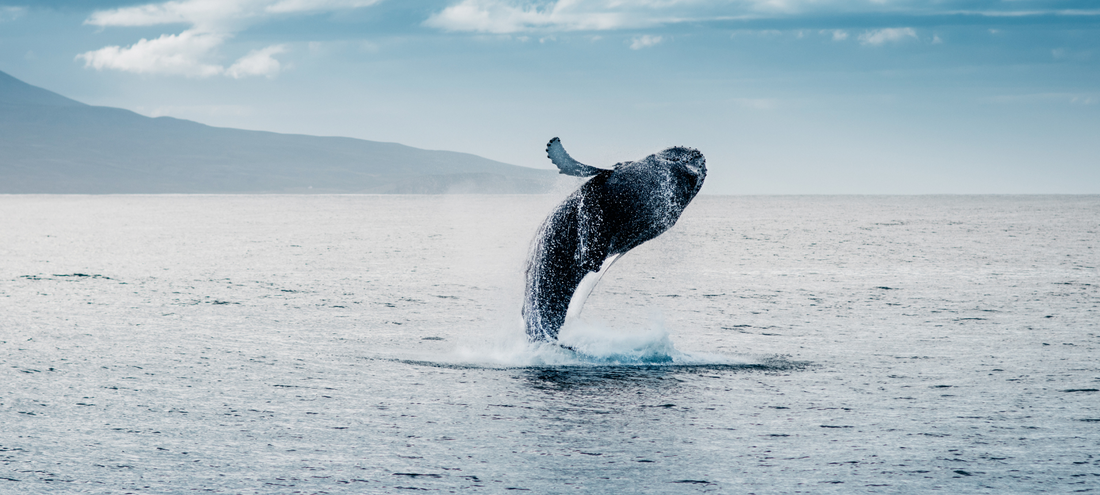Recently, the role of technology has emerged as a powerful ally in the fight for environmental conservation. As we navigate the complexities of climate change, habitat loss, and biodiversity decline, the innovative fusion of technology and nature has ushered in a new era of hope and progress. In this article, we embark on a journey to uncover the remarkable ways technology is shaping the future of environmental conservation.
The Synergy of Technology and Nature
At first glance, the unity of technology and nature might seem strange, but delve a little deeper, and you'll find that they complement each other in unforeseen ways. The seamless integration of technological advancements with environmental goals has paved the way for innovative solutions that were once inconceivable. Today, the bond between the two is stronger than ever, promising a more sustainable future for generations to come.
Revolutionizing Fire Mitigation with GIS
Environmental challenges also extend to the realm of fire mitigation, where technology plays a crucial role in safeguarding communities and ecosystems. Geographic Information Systems (GIS) offer an innovative approach to fire management. By integrating real-time data, topographical information, and weather patterns, GIS enhances the accuracy of fire prediction, helping authorities strategize effective containment and evacuation plans.
Smart Cameras for Wildlife Monitoring
The eyes of technology are watching over our wildlife. Smart cameras, equipped with advanced sensors and image recognition capabilities, silently document the lives of animals without intrusion. From monitoring elusive predators to tracking migratory patterns of birds, these unobtrusive devices are shedding light on the secret lives of our planet's inhabitants. Their presence empowers us to protect and conserve species that might otherwise go unnoticed.
Virtual Reality's Impact on Conservation
Venture into the realm of virtual reality, and you'll find a gateway to remote habitats that were once beyond reach. Conservationists are utilizing virtual reality to explore and study distant ecosystems with unparalleled depth and precision. Through immersive experiences, researchers can observe wildlife behavior, monitor delicate environments, and even simulate the impact of human activities. Virtual reality is revolutionizing how we understand and protect the natural world.
Decoding Whale Songs with AI
In the depths of the ocean, a symphony of whale songs carries messages that were once a mystery to us. Enter AI technology, which can decode these intricate vocalizations and provide insights into the lives of these majestic creatures. By translating their songs, we gain a better understanding of their behavior, migration patterns, and social interactions. This breakthrough has profound implications for marine conservation, as it enables us to make informed decisions to preserve our oceans' biodiversity.
Embracing Technology for a Sustainable Future
As we stand at the crossroads of environmental conservation and technological innovation, one thing becomes abundantly clear: the future is intertwined with the digital realm. The remarkable progress achieved through AI, virtual reality, and advanced data analysis is a testament to our collective commitment to protect the planet. By harnessing technology's potential, we equip ourselves with the tools to drive positive change and ensure a sustainable future for all.
Conclusion
The symphony of nature and technology is playing a harmonious tune, resonating with the hope of a brighter future. As we witness the transformational impact of AI, virtual reality, and data-driven solutions, we're reminded of the boundless possibilities that lie ahead. Let us continue to nurture this innovative alliance, fostering a world where the marvels of technology propel us toward a more resilient, thriving planet.
Call to Action
Engage in the conversation! Share your thoughts on how technology is shaping environmental conservation in the comments below. Together, we can amplify the impact of technology in preserving our planet's natural wonders.
As technology continues to evolve, so too will our understanding of its potential to transform our approach to environmental conservation. With each breakthrough, we inch closer to a world where nature and technology coexist in harmony, creating a sustainable future for all.

